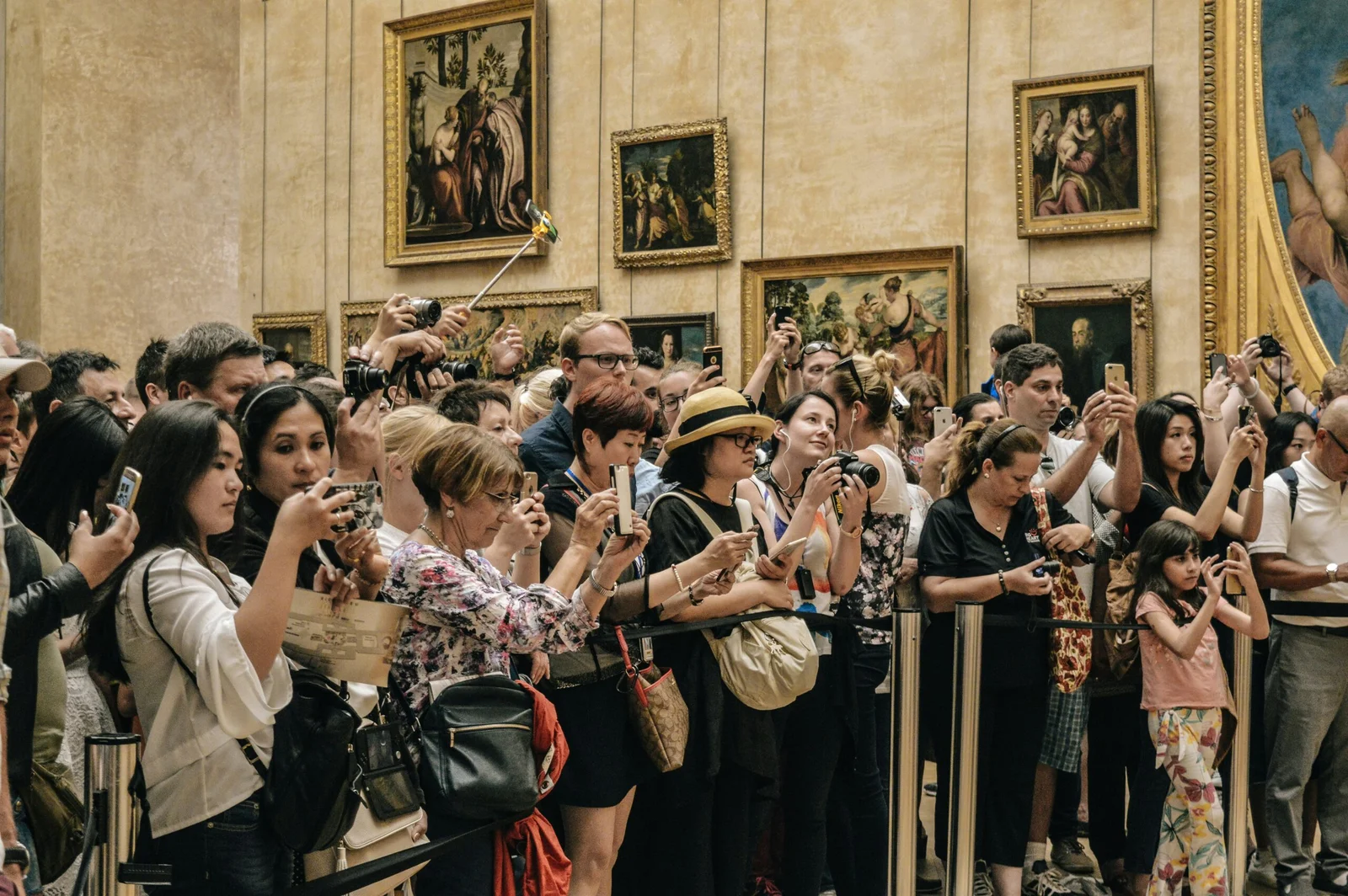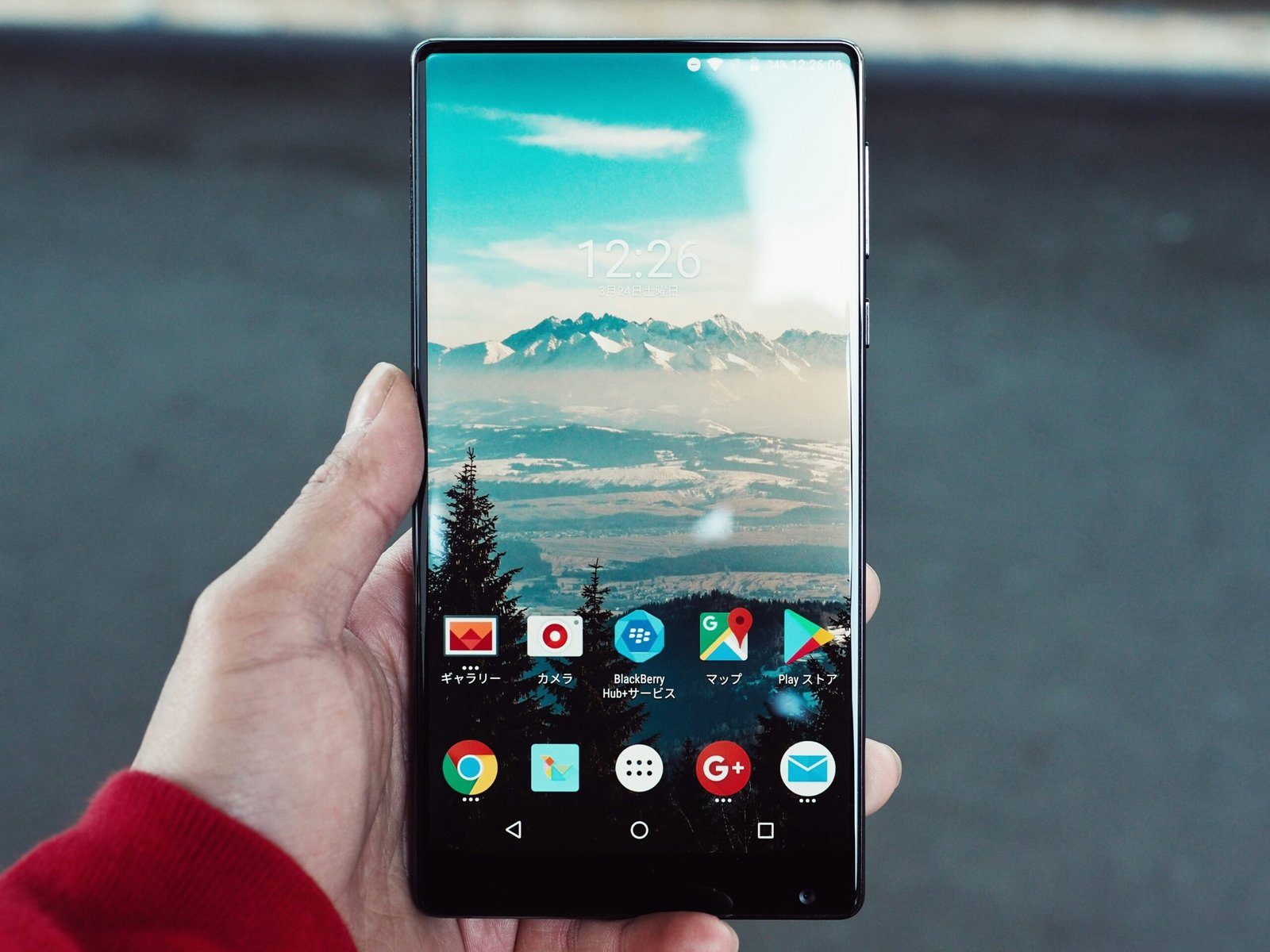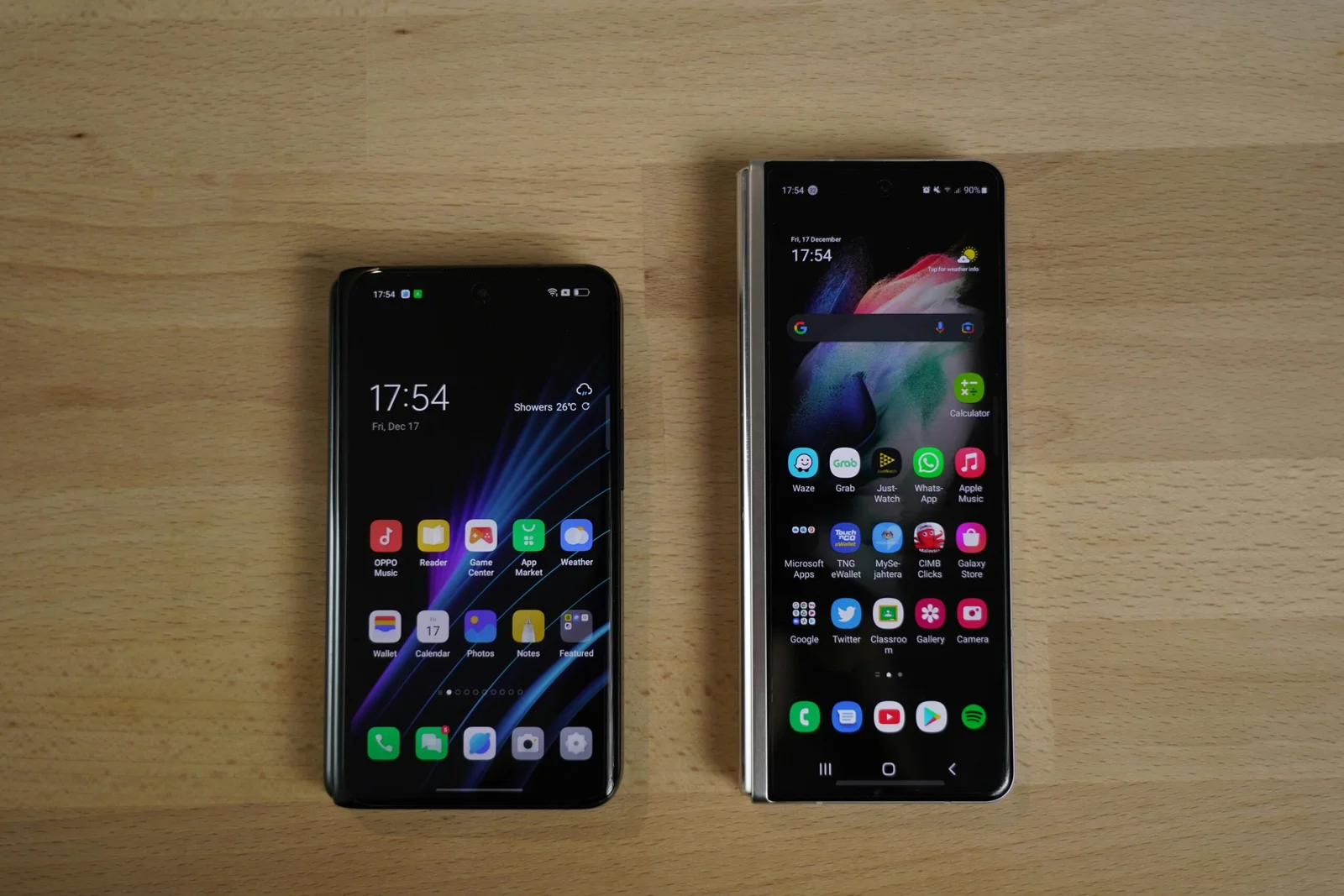Introduction to Mobile Phone Usage in Pakistan
In recent years, mobile phone usage in Pakistan has seen a remarkable surge, becoming an integral component of daily life for a significant portion of the population. As of 2023, the mobile phone penetration rate in Pakistan stands at approximately 75%, indicating that three out of every four Pakistanis own a mobile phone. This impressive penetration rate is reflective of the broader global trend towards increased mobile connectivity, but it also highlights the unique factors driving mobile adoption in the country.
The growth rate of mobile phone usage in Pakistan has been notably robust. According to data from the Pakistan Telecommunication Authority (PTA), the number of mobile phone subscribers has grown by an average of 10% annually over the past five years. This growth is fueled by several factors, including the expanding coverage of mobile networks, increasing affordability of mobile devices, and the widespread availability of prepaid mobile plans that cater to a diverse range of income groups.
Mobile phones have transcended their traditional role as mere communication tools and have become indispensable in the daily lives of millions of Pakistanis. From accessing social media platforms and streaming content to conducting business transactions and utilizing mobile banking services, the functionalities of mobile phones are vast and varied. For many, especially those in rural and remote areas, mobile phones serve as the primary means of accessing the internet, thereby bridging the digital divide and fostering greater digital inclusion.
Moreover, the proliferation of smartphones has further accelerated mobile phone usage trends in Pakistan. With approximately 40% of mobile phone users now owning smartphones, the accessibility to advanced features and applications has significantly enhanced user experience and engagement. This shift towards smartphones is also indicative of an ongoing digital transformation, as more Pakistanis leverage mobile technology to improve their quality of life and economic opportunities.
Historical Evolution of Mobile Phone Usage
The historical evolution of mobile phone usage in Pakistan has been marked by significant milestones that have reshaped communication and user behavior. Mobile services were first introduced in Pakistan in the early 1990s, a period that saw the launch of basic cellular networks. Initially, the mobile phone market was limited to a privileged few due to the high cost of devices and services. However, this early phase laid the groundwork for future growth, sparking interest and setting the stage for broader adoption.
The transition from feature phones to smartphones marked a pivotal transformation in the mobile phone landscape of Pakistan. During the early 2000s, feature phones dominated the market. These devices, while limited in functionality compared to today’s standards, introduced a wider segment of the population to mobile telephony. The real shift occurred in the late 2000s and early 2010s with the advent of smartphones. The introduction of affordable Android devices significantly increased smartphone penetration, democratizing access to advanced mobile technology.
Technological advancements have had a profound impact on mobile usage in Pakistan. The rollout of 3G and 4G networks in the mid-2010s revolutionized internet accessibility, enabling faster data speeds and improved connectivity. This leap in technology facilitated the rise of mobile internet usage, leading to a surge in social media activity, mobile banking, and e-commerce. As a result, user behavior shifted towards more data-intensive activities, with a growing reliance on mobile applications for daily tasks.
The evolution of mobile phone usage in Pakistan has had far-reaching implications on user behavior. Initially, mobile phones were primarily used for voice communication. Today, they serve as multifunctional devices integral to various aspects of life, from communication and entertainment to business and education. This transformation reflects a broader global trend, but it is particularly noteworthy in Pakistan, where mobile phones have become essential tools for bridging the digital divide and fostering socio-economic development.
Demographics of Mobile Phone Users
In Pakistan, the demographics of mobile phone users reveal a complex tapestry influenced by age, gender, geographic location, and socioeconomic status. According to recent data, a significant portion of the population, approximately 164 million individuals, are mobile phone subscribers. This widespread adoption cuts across various segments, though usage patterns differ notably among them.
Age is a crucial factor in mobile phone usage. Young adults, particularly those aged between 18 and 35, constitute the largest group of mobile phone users. This demographic is highly engaged with digital platforms, utilizing smartphones for social media, entertainment, and e-commerce. In contrast, older adults, especially those above 50, show lower adoption rates, often limiting their usage to basic communication functions.
Gender differences also play a pivotal role. While male users dominate the statistics, female users are rapidly catching up, driven by increasing digital literacy and access to affordable smartphones. However, cultural norms and safety concerns still impede women’s mobile phone usage, particularly in rural areas.
Urban versus rural distribution showcases another critical dimension. Urban areas exhibit higher mobile phone penetration, driven by better network infrastructure and higher disposable incomes. Residents in cities like Karachi, Lahore, and Islamabad are more likely to own smartphones and use advanced features such as mobile banking and online shopping. Conversely, rural areas face challenges like sporadic network coverage and economic constraints, resulting in lower mobile phone penetration. Nevertheless, the introduction of low-cost handsets and expanding mobile networks are gradually bridging this gap.
Socioeconomic status further stratifies mobile phone usage. Higher-income groups leverage smartphones for diverse purposes, from professional communication to accessing global information. In contrast, lower-income groups primarily use basic phones for essential communication needs. However, initiatives aimed at financial inclusion and digital literacy are enabling these groups to access a broader range of mobile services.
Overall, the demographics of mobile phone users in Pakistan are evolving, with younger, urban, and higher-income groups leading the charge. Yet, efforts to improve accessibility and digital education are crucial to ensuring that all segments of society can benefit from mobile technology.
Popular Mobile Phone Brands and Models
The mobile phone market in Pakistan is characterized by a diverse range of brands and models, catering to a wide array of consumer preferences. Among the most popular brands, Samsung and Apple continue to dominate due to their premium quality and innovative features. Samsung’s Galaxy series and Apple’s iPhone models are particularly favored for their cutting-edge technology, user-friendly interfaces, and robust performance.
Chinese brands such as Huawei, Xiaomi, and Oppo have also gained substantial market share in Pakistan. These brands are appreciated for delivering high-quality smartphones at more affordable prices, which appeals to a broad segment of the population. Huawei’s P and Mate series, Xiaomi’s Mi and Redmi series, and Oppo’s Reno and F series have become household names, known for their excellent camera capabilities, long battery life, and stylish designs.
In addition to international brands, local brands like QMobile have made significant inroads in the Pakistani market. QMobile offers a range of budget-friendly smartphones that provide essential features and reliable performance, making them a popular choice among price-sensitive consumers. The company’s focus on affordability and accessibility has allowed it to compete effectively with more established global brands.
Several factors influence consumer preferences and brand loyalty in Pakistan. Price sensitivity remains a critical factor, with many consumers seeking the best value for their money. Additionally, brand reputation, after-sales service, and the availability of spare parts play essential roles in shaping consumer decisions. The latest features, such as advanced camera systems, fast processors, and high-resolution displays, also drive consumer interest and brand loyalty.
Overall, the mobile phone market in Pakistan is vibrant and dynamic, with a mix of global and local brands vying for consumer attention. The competition among these brands encourages continuous innovation and improvement, ultimately benefiting the end-users with better choices and more advanced mobile technology.
Mobile Internet Usage and Data Consumption
Mobile internet usage in Pakistan has witnessed a significant rise over the past few years. With increased internet penetration, the country has reached a milestone where nearly 100 million people have access to mobile internet. This development has been driven by the widespread adoption of smartphones and the affordability of mobile data packages, allowing a broader demographic to stay connected. According to recent statistics, the average data usage per user has surged to approximately 4.5 GB per month, reflecting the growing dependence on internet services for daily activities.
The types of online activities that dominate mobile internet usage in Pakistan include social media browsing, video streaming, and instant messaging. Platforms such as Facebook, YouTube, and WhatsApp are particularly popular, with users spending a considerable amount of time on these applications. Educational content, online shopping, and mobile banking are also seeing a rise in usage, indicating a shift towards more diverse digital habits.
The introduction of 4G networks has been a pivotal factor in accelerating mobile internet adoption. With faster speeds and more reliable connections, 4G has enabled a seamless online experience for users, thereby increasing data consumption. As of now, 4G subscribers constitute a significant portion of the total mobile internet users, and this trend is expected to continue as network coverage expands further into rural areas.
Looking ahead, the potential impact of 5G technology in Pakistan cannot be overstated. Although still in its nascent stages, 5G promises to revolutionize mobile internet usage by offering ultra-high-speed connections and reduced latency. This advancement is anticipated to unlock new opportunities in various sectors, including healthcare, education, and entertainment, thereby driving even higher data consumption. As the country prepares for the rollout of 5G, it is poised to witness another wave of transformation in its mobile internet landscape.
Mobile Payment and E-Commerce Trends
The landscape of mobile payment systems and e-commerce in Pakistan has undergone a significant transformation in recent years. With the rapid penetration of smartphones, the country has witnessed a substantial shift towards digital transactions and online shopping. Mobile wallets, in particular, have gained considerable traction, offering a convenient and secure alternative to traditional banking methods. Popular mobile payment options like Easypaisa and JazzCash have become household names, revolutionizing how Pakistanis handle their financial transactions.
Adoption rates of mobile wallets have surged, driven by the increasing need for cashless transactions, especially in urban areas. The convenience of paying bills, transferring funds, and making purchases through mobile phones has made these services indispensable. Furthermore, digital payment solutions have extended their reach into rural regions, promoting financial inclusion and providing access to banking services for the unbanked population.
Simultaneously, the e-commerce sector in Pakistan has experienced exponential growth. The proliferation of online marketplaces such as Daraz, Yayvo, and Telemart has democratized access to a wide array of products. Consumers are increasingly turning to online shopping for its convenience, competitive pricing, and the extensive range of goods available. The COVID-19 pandemic further accelerated this trend, as lockdowns and social distancing measures compelled more people to embrace e-commerce.
Mobile phones have played a pivotal role in this e-commerce boom, serving as the primary medium for online shopping. User-friendly mobile apps and optimized websites have enhanced the shopping experience, making it easier for consumers to browse, select, and purchase products from the comfort of their homes. Additionally, mobile payment systems have facilitated seamless transactions, ensuring that the entire shopping process, from selection to payment, can be completed on a single device.
Significant players in the mobile payment and e-commerce sectors continue to innovate, introducing new features and services to attract and retain customers. The integration of artificial intelligence, personalized recommendations, and secure payment gateways are just a few examples of how these industries are evolving. As mobile phone usage continues to grow, the future of mobile payments and e-commerce in Pakistan looks promising, with further advancements and increased adoption on the horizon.
Social Media and Mobile Apps Usage
In Pakistan, the proliferation of mobile phones has significantly transformed the landscape of social media and mobile app usage. The predominant platforms include Facebook, WhatsApp, Instagram, and TikTok, each enjoying substantial user engagement. Facebook remains the leading social media platform, utilized by a wide demographic for communication, entertainment, and news consumption. Its user base spans across different age groups, making it a versatile tool for both personal and professional interactions.
WhatsApp, on the other hand, is the go-to messaging app, widely used for instant communication. Its ease of use and reliability have made it indispensable for both personal chats and business communications. Instagram and TikTok have also carved out their niche, particularly among the youth, serving as platforms for creative expression and entertainment. These apps are not only socializing tools but also significant sources of digital marketing and brand promotion.
Beyond social media, mobile apps in Pakistan are diversifying to cater to various needs. Educational apps such as Coursera and EdX are gaining traction, providing access to a wide range of courses and learning materials. These platforms are crucial in bridging the educational gap, especially in remote areas where traditional educational resources are limited. Similarly, health-related apps like Sehat Kahani and Oladoc offer telemedicine services, enabling users to consult with healthcare professionals from the comfort of their homes.
In the business domain, apps like Daraz and Foodpanda are revolutionizing e-commerce and food delivery services, respectively. These mobile applications offer convenience and variety, enhancing the overall user experience. The increasing reliance on mobile apps for various aspects of daily life underscores their growing importance in the Pakistani digital ecosystem.
In summary, the usage trends of social media and mobile apps in Pakistan reflect a dynamic shift towards digital integration. These platforms not only facilitate communication and entertainment but also play pivotal roles in education, healthcare, and business, contributing to the country’s digital transformation.
Future Trends and Predictions
As we look towards the future, mobile phone usage in Pakistan is poised to undergo significant transformations driven by technological advancements, evolving consumer behaviors, and regulatory developments. One of the key future trends is the widespread adoption of 5G technology. With Pakistani telecom operators already conducting 5G trials, its rollout is expected to revolutionize mobile connectivity, offering faster data speeds and lower latency. This will enhance the user experience, particularly in areas such as mobile gaming, video streaming, and remote work.
Another notable trend is the increasing reliance on mobile wallets and digital payment systems. As more consumers embrace digital transactions, the demand for secure and efficient mobile payment solutions will soar. This shift is likely to be supported by the government’s push towards a cashless economy, evidenced by recent initiatives to promote digital financial services and fintech startups.
Consumer behavior is also anticipated to evolve, with a growing preference for smartphones that offer high-end features at affordable prices. The influx of budget-friendly smartphones with advanced capabilities will democratize access to cutting-edge technology, enabling a broader segment of the population to enjoy enhanced mobile experiences. Additionally, the rise of mobile health applications and telemedicine will play a crucial role in improving healthcare accessibility, particularly in remote and underserved regions.
Government policies and regulations will continue to shape the mobile phone landscape in Pakistan. Policies aimed at improving internet infrastructure, reducing import duties on mobile devices, and encouraging local manufacturing will likely boost the availability and affordability of smartphones. Moreover, data privacy regulations and cybersecurity measures will become increasingly important to protect users’ information in an increasingly digital world.
Emerging trends such as the integration of artificial intelligence and machine learning into mobile applications, the growth of the Internet of Things (IoT), and the advent of augmented reality (AR) and virtual reality (VR) experiences will further define the future of mobile phone usage in Pakistan. These innovations will not only enhance user engagement but also create new opportunities for businesses and service providers to cater to the evolving needs of the digital-savvy population.






